5 strategies for a healthier lunch
Here’s how to avoid adding unwanted calories to your salad or sandwich.
Updated on March 15, 2022
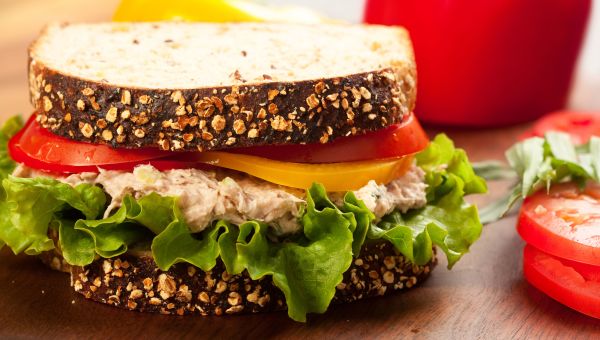
You’ve probably got the right intention when it comes to your midday meal. You want to build a lunch that’s filling, nutritious, and energizing. But even some seemingly virtuous lunches could be adding more fat, sugar, salt, and calories than you bargained for.
The good news is that you can still enjoy your lunchtime favorites with a few smart tweaks. Here’s how to get started.
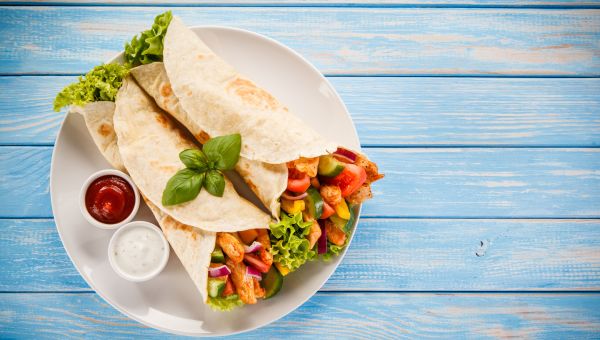
Pick a Smarter Sandwich Wrap
You may be surprised to know that many brands of sandwich wraps contain more fat, calories, and sodium than two slices of whole grain bread. A typical sandwich wrap contains more than 200 calories, 5 grams of fat, and a whopping 580 milligrams of sodium. Don’t be fooled by the whole wheat and spinach wrap options; though they may carry an aura of healthfulness, they’re often loaded with unnecessary calories.
You don’t have to swear off sandwiches as a lunchtime option. Instead opt for whole grain bread (at about 70 calories a slice), or lettuce wraps, which contain fewer than 5 calories per leaf. If a wrap is what you’re really craving, munch away, but choose a smaller wrap and check the caloric content. You can also lighten the load and still have a satisfying wrap by swapping calorie-dense fillings (like meat and cheese) for one loaded with sliced veggies (with dressing on the side).
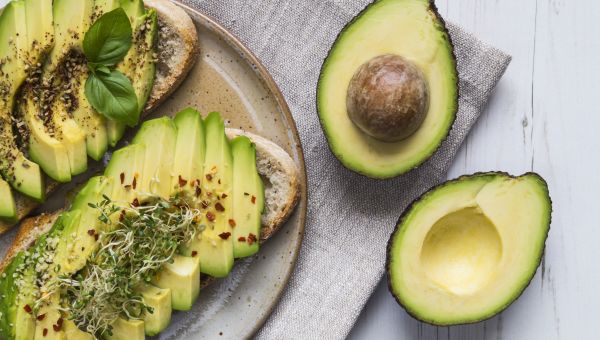
Use Avocado Sparingly
Avocados are high in antioxidants, fiber, and heart-healthy fats, making them a great addition to salads, sandwiches, smoothies, and more. In moderation, avocados are healthy and satiating, but there is such a thing as too much of a good thing. A proper serving is smaller than you might think—about one-fifth of a medium-size fruit. One average avocado contains nearly 250 calories, so eating much more than the recommended serving can add hundreds to your daily intake.
Try mixing your mashed avocado with diced onion, tomato, or bell peppers, which add volume to your spread without adding too many calories.
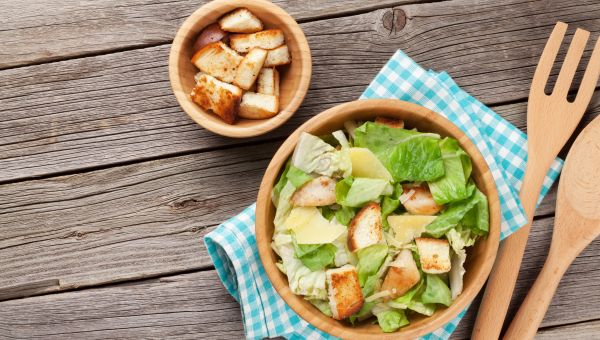
Dial Back on Salad Toppings
Eating a salad for lunch is an easy way to get your daily dose of veggies, and there’s a nearly limitless array of delicious produce to try. The challenge is when it comes to toppings. If you’re loading your greens with high-fat and high-calorie ingredients, the health value of your meal can decrease. Salad saboteurs like cheese, bacon, and croutons are high in saturated fats, which can increase your risk for LDL (aka “bad” cholesterol) and heart disease. They’re also packed with calories—almost 60 in a half-cup serving of croutons and 41 in a single slice of pork bacon.
To build a better salad, opt for crisp, dark greens topped with nutrient-dense veggies like broccoli, carrots, and Brussels sprouts. Toss in three ounces of lean protein, like chicken breast, chickpeas, or tofu. Ditch the creamy dressings, and try making your own simple vinaigrette with olive oil, red wine vinegar, thyme, and black pepper.
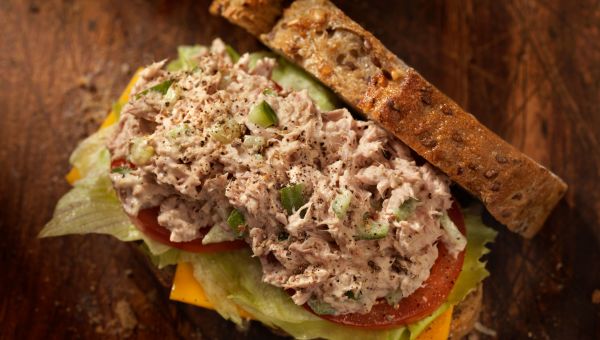
Rethink Your Tuna Salad
Chunk light tuna is high in protein and omega-3 fatty acids, so it tops the list of healthy lunchtime proteins—that is, until you smother it in mayonnaise. Most tuna salads contain far more mayonnaise than the recommended serving of one teaspoon. A tablespoon contains 100 calories and 11 grams of fat.
Lose the excess fat by keeping your tuna (or chicken) salad simple: Put plain tuna over a bed of lettuce or, if you’re craving a creamy feel, mix it with plain nonfat Greek yogurt, which is high in protein and contains good-for-your-gut probiotics.
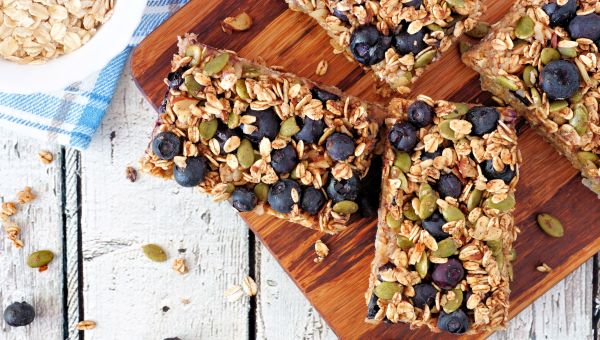
Go Easy on Energy Bars
If you have a busy schedule, it can be a struggle to prep and pack a well-balanced lunch each day. Grabbing an energy bar may feel like a healthy alternative. But as satisfying as many bars are, they’re often high in fat and quick-burning sugars, like brown rice syrup. Many bars, despite their deceivingly small package, pack a caloric punch, too. A 2-ounce bar can contain more than 200 calories. And when you are on the run, a lunch of one energy bar can easily turn into two (or three).
Think of energy bars as a snack to get you through the afternoon and opt for brands that are low in added sugars and have the shortest possible list of ingredients (with sugar as low on the list as possible). You can also make your own granola using toasted oats, almonds, chia seeds, and ground cinnamon, which gives you fiber and protein without unnecessary sugar. Make a large batch on Sunday evening and stash a portion each day in your lunch box to pair with nonfat plain Greek yogurt. For a touch of sweetness, add a few berries or nibble an apple on the side.
More On


video

article
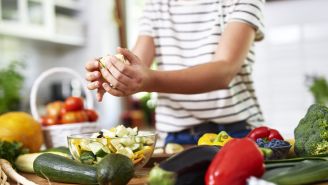
slideshow


video


video
